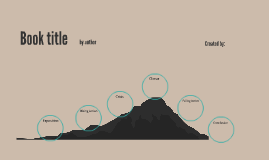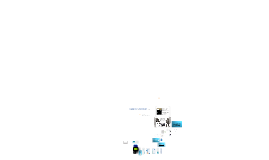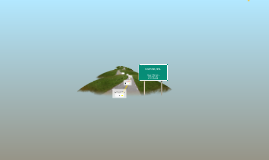Doc consort
Transcript: Data Analysis Emergent theme CATEGORIES OF ORGANIZATIONAL CROWDSOURCING USE coding guide Case studies productivity includes controls to reduce bias new business practices Questions: Leveraging the Crowd as a Source of Innovation: We are in the midst of a “radically and irrevocably” changing global competitive landscape. Natural resources and mass-produced commodity goods will no longer sustain economic growth. How are organizations integrating the crowd (i.e., individuals not typically included) into their current product and service innovation processes? We currently know little about: which characteristics define this new business practice why and how companies attempt to integrate the crowd into current practices the risks and benefits associated with these initiatives Breadth vs depth re contribution... Avoiding world peace... Theoretical coding related to Internal-Crowdsourcing Acceptance Model Currently limited to articles referencing "crowdsourcing" Essential RQ: adapted from Aldolph, Hall, & Kruchten, 2011 Continue iterative process of data collection and analysis uncover patterns that are empirically valid and grounded in context 2. 3. Broaden literature search Include conference proceedings Additional cases Grounded theory ? « identify 50+ characteristics Literature as a source of data 1 Potential extant literature to explore "Stage-gate" process "Resourced-Based view of the Firm" selective coding to build out descriptive theoretical framework limited empirical work and existing theory organization's motivation task(s) to be completed targeted crowd processes facilitators barriers success metrics unexpected outcomes/results + Why do organizations turn to the crowd for product and service innovation? What tasks is the crowd being asked to perform? What are the facilitators of and barriers to implementing crowdsourced initiatives? How do organizations determine the success of crowdsourced initiatives? axial coding >> innovation: open & axial coding 2 | Baregheh, Rowley, & Sambrook, 2009 FOCUS OF RESEARCH descriptive framework vs. acceptance model defining crowdsourcing in relation to other models of open innovation defining crowdsourcing in relation to other business models Ph.D. Candidate The Pennsylvania State University College of Information Sciences and Technology CASE INTERVIEWS Howe, 2008 3. organizational change Case criteria based on phase 1 interviews: mature company (3+ yrs) > 100 employees currently reaching out to "crowd" via online channels for input on ongoing product/service innovation CATEGORIES OF ORGANIZATIONAL CROWDSOURCING USE n. the emergence of Additional empirical data combined with review by researchers and practitioners is warranted indentify relationships and patterns Internal-Crowdsourcing Acceptance Model Preliminary framework innovation ...leverages online technologies to connect organizations with large groups of people for the purpose of completing a variety of tasks typically completed by employees or designated agents. LIMITATIONS PROACTIVE LEADERSHIP as CATALYST for CHANGE when leveraging an INTERNAL CROWD Changes in current competitive landscape are forcing organizations to think differently about how best to drive efficiency, improve offerings, connect with customers, and open new markets. takes into account complexities of organizational contexts U.S. Council on Competitiveness, 2008 >> Emergence of core category new business models « Data Collection knowledge >> Lee Erickson 2. in-context understanding 1. emergent phenomenon harnessing distributed knowledge and diversity within the crowd Does Crowdsourcing Represent a New Model for Product and Service Innovation? \i-n-vā-shn\ selective coding Crowdsourcing... 4. leverage my experiences Member checking with participants and experts Significant contributions may be overlooked Preliminary framework emerges... Begin selective coding around core category ...new ideas or solutions to problems that lead to improvements or advancements for the organization within their marketplace. Innovation may be incremental or breakthrough, result in reduced costs, improved productivity, or open new unexplored markets. 6 cases 31 semi-structured interviews with 29 individuals CEOs, VPs, Program Mgrs, entry-level employees IBM Global Business Services, 2006 creativity open coding CORE CATEGORY of "USE" abstract and categorize the emergence of patterns 1. Internal-Crowdsourcing Acceptance Model new business practices Supporting questions: 3 A growing number are actively seeking alternatives approaches to foster: « EMERGENT CHARACTERISTICS tapping into the prosumer in the crowd EMERGENT CHARACTERISTICS the emergence of relationships >> >> >> leveraging the sheer numbers in the crowd Addressing theoretical saturation Particularly problematic with descriptive framework Approaching with Acceptance Model (pattern is replicated and clear)

















